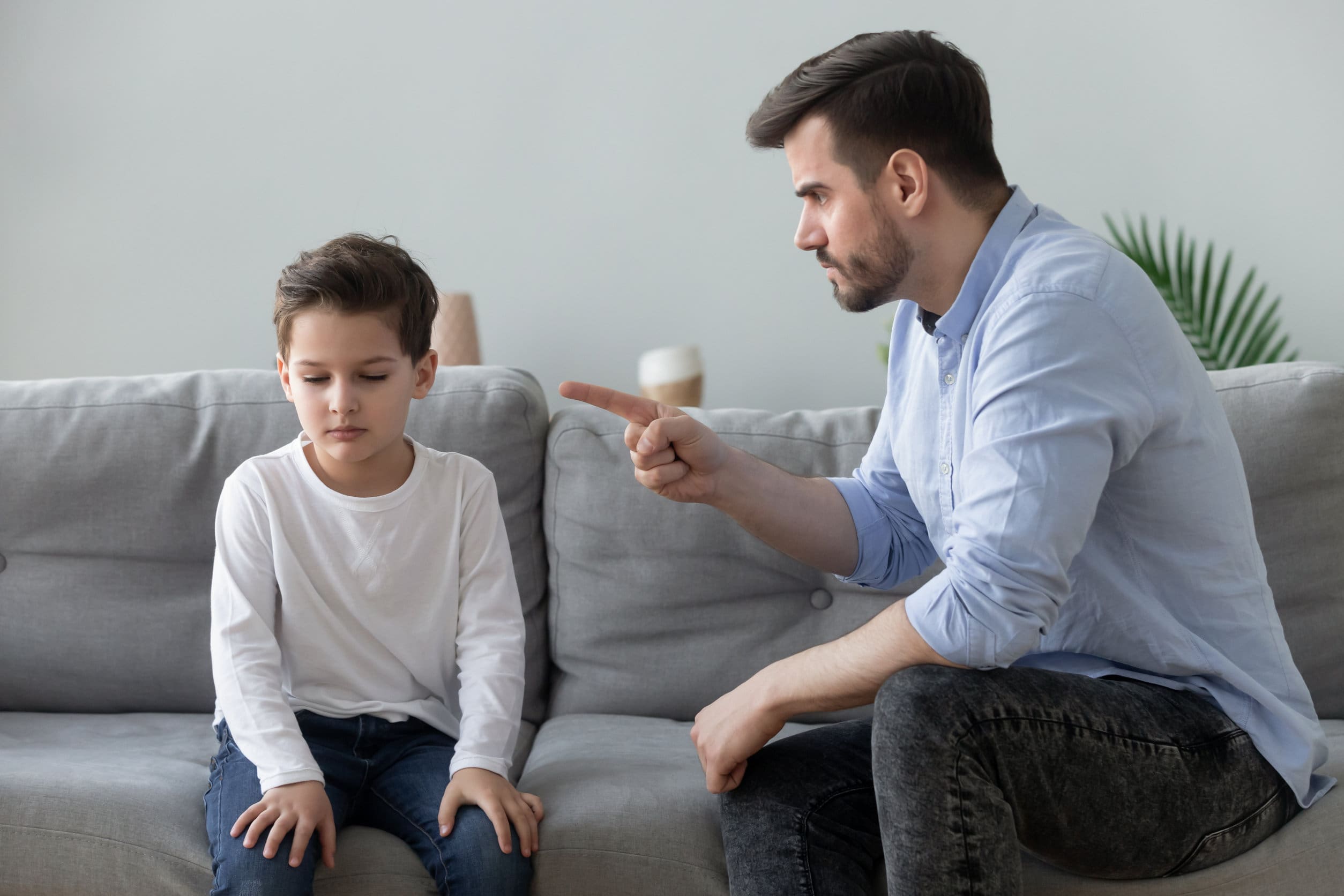In this post
Social learning theory explains behaviour in terms of how it can be observed in other people and then repeated by those who make the observations. It is therefore ‘social’ because we learn it from each other.
Albert Bandura (1967) argued that behaviour comes about because people model the behaviour that they see around them, and he referred to this as observational learning. However, Bandura maintained that people did not just observe and repeat the behaviour of anyone but that we will repeat the actions of someone who we see as similar to ourselves and, in this instance, the person we are observing becomes a role model for our behaviour.
Observing the behaviour of a role model may or may not lead to a change in behaviour and any change that does occur can be positive or negative. When a change does occur, it is thought to happen because of the following process:
- Paying attention: when someone learns something new, they must need to and want to pay attention to it
- Retention of observations: in order for someone to learn a new behaviour successfully, they must be able to store the new information in their memory, or in other words, retain it for future usage
- Reproduction of observations: when modelling new behaviours, people must be able to successfully reproduce them and this might involve practising something new first. A teenager may observe a role model taking drugs and in order to repeat this, they must be able to reproduce the behaviour they have seen to be successful at it themselves
- Motivation: the reproduction of behaviour only comes about when someone is motivated to repeat it. In the example above, the teenager may have seen the role model seeming to have a fantastic time at a party when they had taken drugs and this is motivation for them to repeat the role model’s behaviour as they would like to receive the same reward (i.e. having a great time). This is known as vicarious reinforcement
- Identification: this occurs when the individual ultimately takes on the same values and beliefs of their role model(s)
Social learning theory can explain why children who grow up in households where there are experiences of domestic violence are more likely to be involved in domestic violence themselves as adults. It is thought that children who live with someone who has substance abuse issues are four times as likely to exhibit the same problems when they are older than children who do not observe this kind of behaviour when growing up.
Parents are very strong role models and, as children witness their behaviour consistently, anything which they see is likely to be repeated, particularly if the parent appears to be rewarded for what they are doing.
Strengths and weaknesses of social learning theory
- A lot of evidence exists to support this theory. Bandura’s famous Bobo doll experiment showed that children who observed an aggressive role model would copy that behaviour if the role model was the same sex and if they were rewarded for their actions
- Another strength of the theory is that it shows how reinforcement does not need to take place for behaviour to be learnt – it can simply be observed and copied
- A weakness of this theory is that much of the experiments used to test it only show short-term effects. Therefore, it is difficult to state if observation of aggressive role models, for example, means that aggressive behaviour will continue in the long term, and therefore the real-life application of findings is poor
- The theory also cannot account for crimes where observation is unlikely – for example, murder is very rare and is very unlikely to have been witnessed before it is carried out



